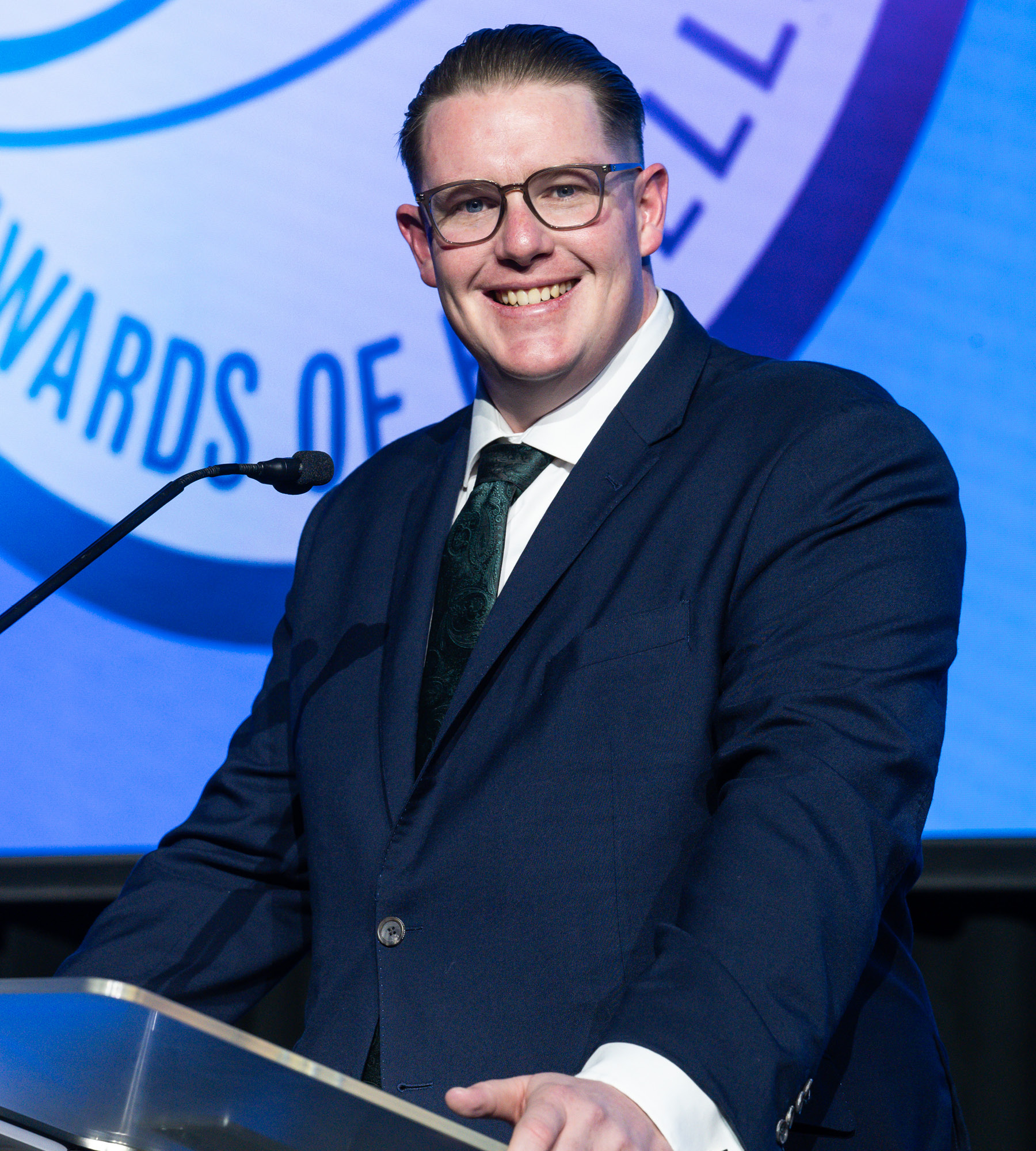Language
You can read the magazine in one of the following languages
Turn the clock back to those long summer days spent splashing in the pool, never wanting to get out of the water, no matter how crinkled or sun-chapped your skin. A focal point for friends and families to gather, whether for a game of water polo, a barbecue with toes dipped in the water or simply a refreshing plunge, pools are where those magical childhood memories are made.
“Whether it’s summertime with our friends, Christmas with our families or leisure time with loved ones, we can all agree that ownership and increased usage of pools and spas adds to our overall wellbeing,” says Luke Daly, Chief Information Officer of the Swimming Pool and Spa Association (SPASA).
As the not-for-profit industry body, SPASA’s aim is to promote the enjoyment of pools and spas, and in doing so, create healthier and happier communities.
“It’s the association dedicated to the future of the whole pool and spa industry,” Daly explains.
Its goal is one that is shared by its fast-growing number of members. Founded in 2010, SPASA began the move from a state-based model of industry representation to a national model in 2017.
“We’ve actually united all the Australian states over the last five years,” Daly says proudly.
Although only Queensland, New South Wales, South Australia and the Australian Capital Territory were involved at the start, it has since expanded to become truly national. In November 2022, Western Australia came on board, with Victoria and the Northern Territory following suit this year.
“We’re now a true national peak industry body, which is a game-changer for the industry,” he notes.
While the organization had just 500 members nationwide in 2017, that number has since grown almost fourfold to reach 1900. But the reality is that the organization reaches far more people than this number would suggest.
“We run an organization membership in Australasia, not an individual membership. So when other professional bodies say they have upwards of 20,000 members, they’re all individuals, whereas ours are organizational-based memberships,” he says.
“So it’s pretty amazing how far SPASA’s reach has increased from its initial 500 members.”
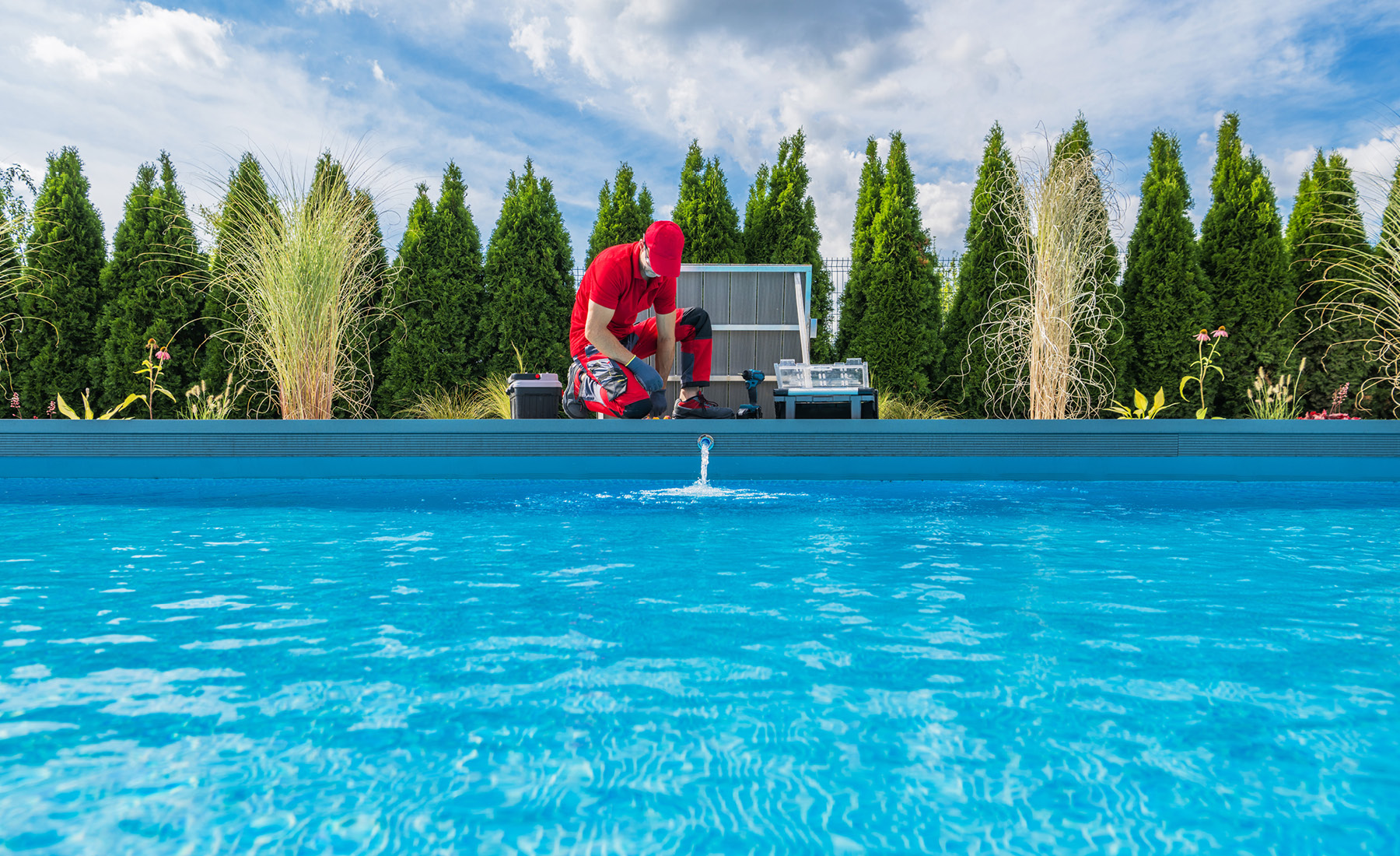
“The SPASA mission is to protect, promote and grow the swimming pool and spa outdoor living industries. That’s what SPASA does – protect, promote and grow.”
SPASA has achieved this through a process of strategic growth, as well as acquisitions and mergers. However, its long-standing ambition is not around its own growth but around that of the industry as a whole.
“What we’re about is creating a lasting association to create a sustainable industry that goes long-term, not just from an environmental and sustainability perspective, but from an economical perspective as well, to continue to grow,” Daly says.
Beyond its membership tally, SPASA has also seen impressive financial gains under the stewardship of CEO Lindsay McGrath. “We’ve grown from being a less than A$2 million [US$1.3 million] company to an A$8 million [US$5 million] company within six years,” Daly reveals.
“That’s good, because we’re not a commercial entity that’s selling, scaling and growing a product, we’re a not-for-profit association.
“The SPASA mission is to protect, promote and grow the swimming pool and spa outdoor living industries. That’s what SPASA does – protect, promote and grow.”
Over the same time period, the organization has also begun to achieve an annual profit, but Daly is quick to point out the importance of ‘profit for purpose’.
“Often, in the not-for-profit sector, the idea of profit might seem alarming to some volunteer directors. To maximize the altruistic benefit of any not-for-profit, it’s essential that revenue streams are created in order to generate profit to continuously grow and expand the overall impact that the organization can have,” he says.
“A strong investment strategy at SPASA solidifies that any profit made is reinvested to deliver on the objectives of the business.”
SPASA does this, quite simply, by providing a service to its members. “Our business model is fairly simple. We serve members. That’s what SPASA is there for,” Daly says.
“We’re a not-for-profit, not a charity. We do a lot of government work, training, events, awards, galas, constantly engaging with our members.”
The essential tenets of SPASA’s brand strategy are, from a consumer perspective, that it inspires trust and, from a membership slant, that it is aspirational.
“If you’re in the industry, you should want to be a SPASA member. That’s the whole goal,” he stresses.

“If you’re in the industry, you should want to be a SPASA member. That’s the whole goal.”
Different to a professional body, a trade body is not necessarily for everyone, he concedes.
“You want people to step up, but there are people who are going to choose not to, because our members pay to be a part of SPASA. They want to be part of the peak industry body to set themselves apart, which is good,” he explains.
“But not everyone in the industry is going to want to do that – and that’s OK.”
Part of the challenge for SPASA is brushing off the negative associations of the industry’s former associations to demonstrate the benefits it now offers.
“Our industry representation is probably a little bit dated in a lot of ways, whether it’s professionalism, whether it’s recognition. That’s largely due to the absence of professional administrators, like us,” he says.
“The associations were run by a particular sector over the years and they probably focused on their own sector, rather than focusing on the industry and advocating for professionalism.”
One of the main issues facing the industry, along with so many others, is a shortage of talent – a topic Daly feels incredibly passionate about, referring to his own path within the industry.
“I’ve been in the industry for basically my whole career,” he says.
When he left school to go to university, he explains, he got a job in a pool shop. “It was a great place for me to start to learn about business and how business works, how the real world works,” he says.
He describes it as the “perfect uni job” because of the hours, and its broad reach, incorporating a bit of engineering and a bit of science as well as a lot of other elements. “It’s very versatile, it’s very general, but you learn a lot of different skills,” he says.
The next step in his own career was opening his own retail shop and service run when he was just 19, before going to work for national manufacturers in customer service and sales roles. The last five years have been spent working in a variety of roles at SPASA.
“I’ve worked in all the different sectors of the industry, which gives me a good perspective on what the industry has been, what it needs to be and what we need to do as SPASA, the peak industry body, to get it there,” he says.

“I’ve worked in all the different sectors of the industry, which gives me a good perspective on what the industry has been, what it needs to be and what we need to do as SPASA, the peak industry body, to get it there.”
But Daly’s long-running passion for the industry means he feels a sense of frustration over the shortages it now faces.
“We all want a piece of paper, whether it’s a bachelor’s degree or a trade qualification or whatever that may be,” he says. “As parents, we want our children to receive a piece of recognition, basically. And that’s something that our industry hasn’t had in forever.”
While landscapers, carpenters, electricians and plumbers all have apprenticeship schemes, the pool and spa industry generally does not. So Daly points out that even young people who have grown up around pools – perhaps their parents work in the industry – are choosing different career paths than the one that they may genuinely want to pursue.
“We’re losing that talent, that second generation or sometimes third generation talent, to another industry because we don’t have a qualification. So there’s a massive driver for us to create career pathways within our industry so that we can attract better talent and be more sustainable in the future,” he says.
“We’re working very rapidly at the moment to try and overcome those challenges and to build out what that looks like to secure the future for our industry.”
Far from idle chatter, SPASA has taken action, already delivering a fully owned and operated registered training organization called the Institute of Research and Learning (IRLearning).
“SPASA and its members have lobbied for, driven, created and now promote enrollment in qualifications for our industry,” Daly says.
It now offers a Certificate IV in Swimming Pool and Spa Building – a licensed pathway to become a swimming pool and spa builder. There is also a Certificate III and Certificate IV in Swimming Pool and Spa Service available.
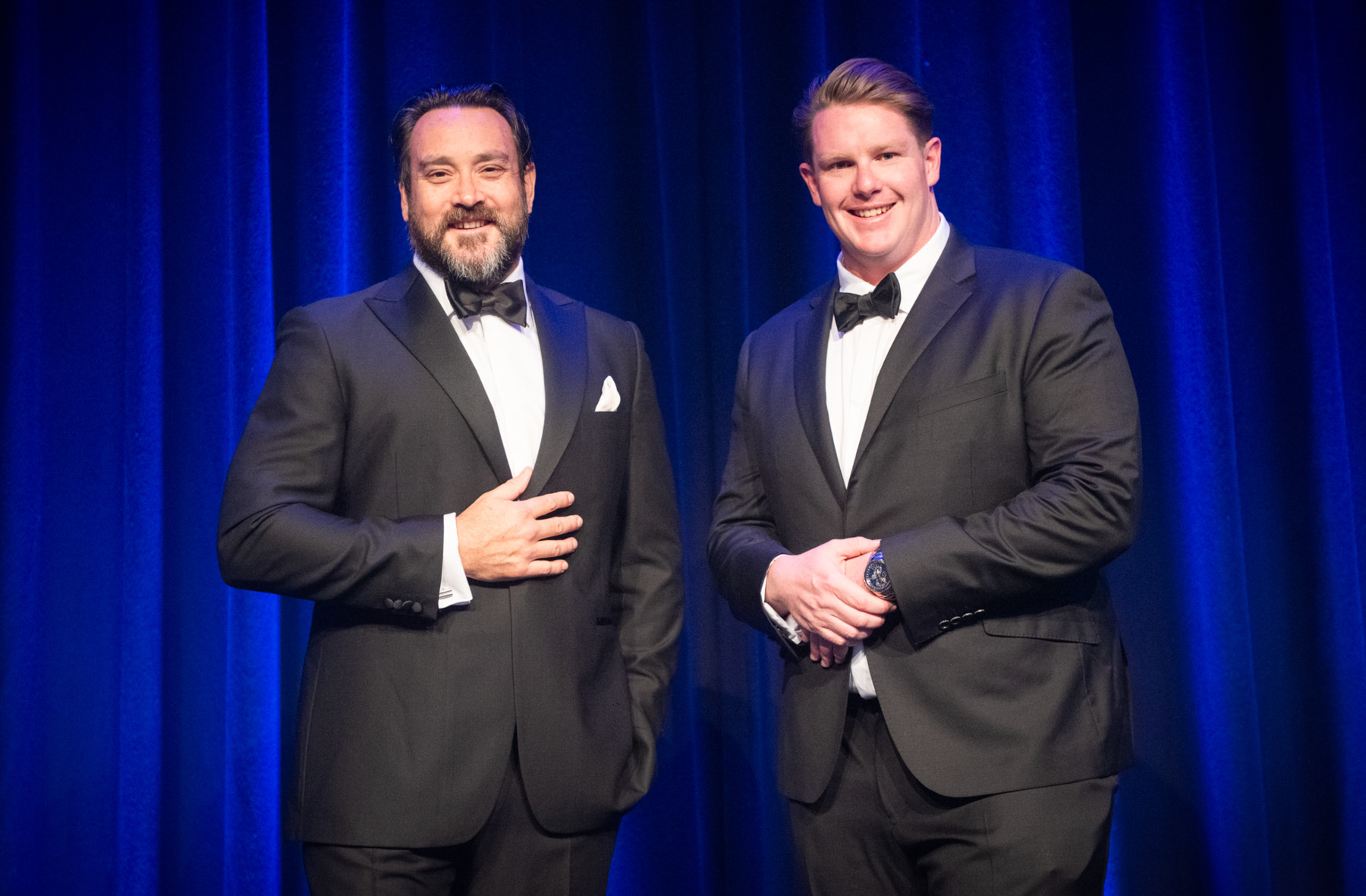
SPASA CEO Lindsay McGrath and CIO Luke Daly (right)
“SPASA and its members have lobbied for, driven, created, and now promote enrollment in qualifications for our industry.”
“It gives anyone who wants to come into the pool and spa industry the chance to get a qualification, that piece of paper, which provides peace of mind from a career journey perspective,” he explains. “We have lobbied and advocated and worked with government to make that happen, which has been a really strong thing for our industry.”
SPASA invested US$127,000 in education in its first full year of operation in 2017 – a number that has risen dramatically, reaching US$955,000 last year.
While Daly admits the industry was late to start down this path, he says SPASA has certainly made up for lost time, using IRLearning as a separately branded but member-owned, asset-registered training organization to increase the professionalism in the industry.
If this hurdle can be overcome, the industry’s future holds great promise, according to Daly.
“Lots of people want to own a pool – it’s an aspirational lifestyle goal,” he says. “You have to have a house, you have to have a car, but you want to have a pool.”
Making these dreams a reality is exactly what SPASA members do. “We build people’s dreams and then we maintain people’s dreams.”
Pools and spas are, after all, central to the Australian and New Zealand lifestyle – not just from a happiness perspective but from a wellbeing stance, too. Kids with access to a pool are less likely to stay inside playing on a games console, Daly says.
“And that helps prevent childhood obesity, because it’s very hard to not move when you’re in a pool.”

“If you can get outside and get in the pool, you’re connecting as a family. Or you might have had a tough week and you just want to relax in the spa.”
They also promote connection, he continues. “If you can get outside and get in the pool, you’re connecting as a family. Or you might have had a tough week and you just want to relax in the spa,” he says.
“We create people’s dreams and enhance lifestyles – it doesn’t matter which sector you are in, whether you’re building, designing, maintaining or manufacturing a piece of equipment that makes it more sustainable or easier to take care of.
“It’s about creating and enhancing that lifestyle. Building and maintaining that dream within your own backyard is something that’s central to our industry.”
Communication is key to SPASA’s efforts, both in terms of promoting the advantages of having a pool or spa to consumers, and getting the message out about what it can offer industry members to make an informed decision about whether to join.
“It’s critical to ensure that the message, whatever it might be, is communicated correctly,” Daly stresses. “For example, continuously voicing the vision to all stakeholders is essential to ensure everyone is on the same path to success.”
The message also needs to be delivered in the appropriate way for the topic. “When talking to regulators and other government bodies, the message needs to be specific,” he says. “When dealing with the industry or end users it’s important that the message meets them in that moment.”
In line with this, in 2017 SPASA acquired both SPLASH! magazine and the SPLASH! Pool & Spa Trade Show from The Intermedia Group and Interpoint Events.
“There’s a strong digital, web and social presence and also a podcast. The expo takes place every two years on the Gold Coast and is the biggest trade show in the southern hemisphere for the pools and spa industry, and the third biggest globally,” Daly explains.
“The strategy behind that is it’s one media brand covering all channels. So SPLASH! is our B2B brand because SPASA can’t cover the whole industry,” Daly says. “Not everyone’s going to be a SPASA member, but this publication can touch commercial worlds, hotels, governments; it communicates with everyone and anyone in the industry.”
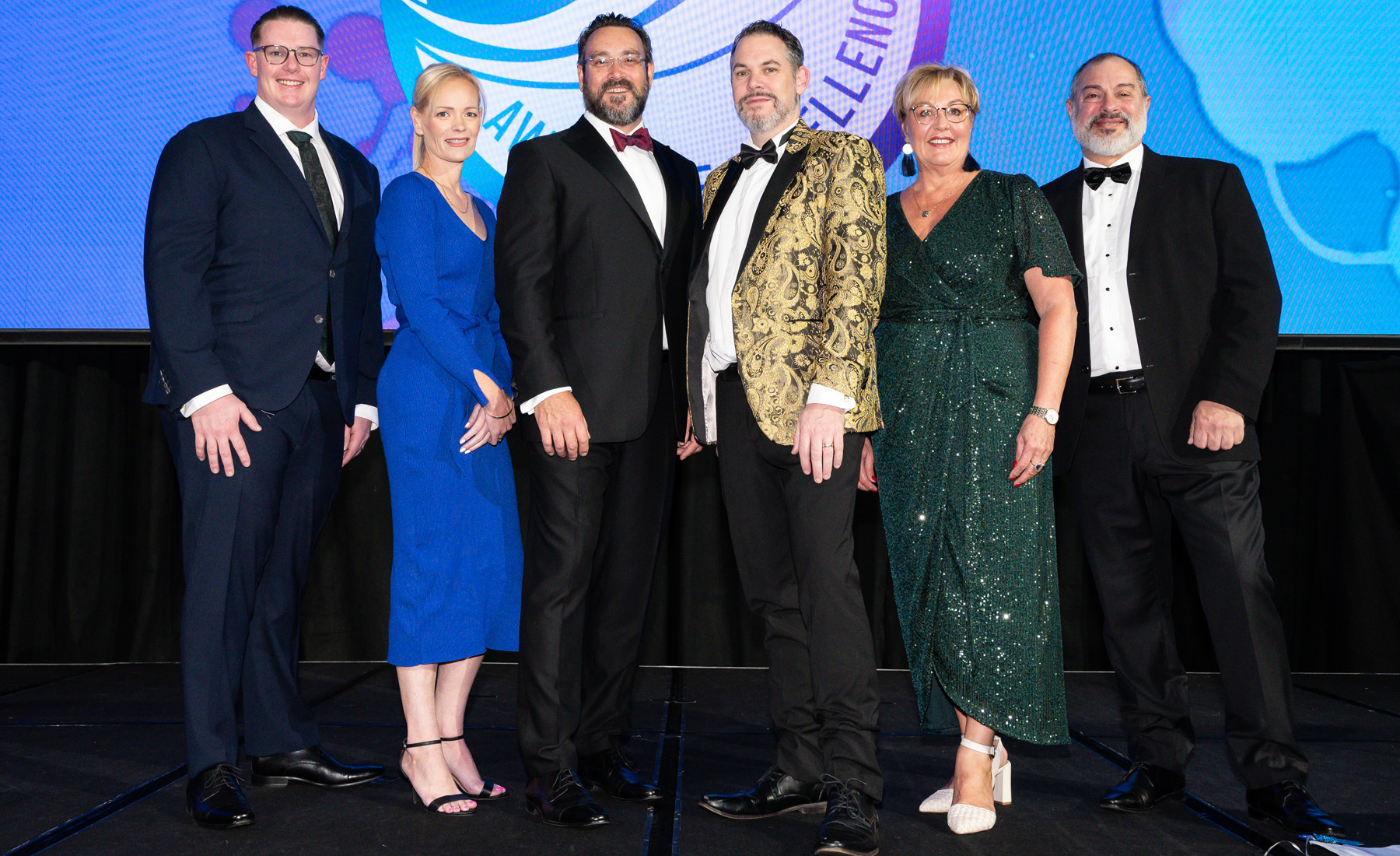
“Continuously voicing the vision to all stakeholders is critical to ensure everyone is on the same path to success.”
To reach consumers, SPASA has another media brand called Pool & Spa – a website and quarterly magazine that acts as a resource for prospective and existing pool and spa owners, offering information ranging from the details of pool builders or spa installers to tips and tricks on how to maintain your pool or spa.
Established two years ago, it currently has around 200,000 readers. “It’s really only in its infancy,” Daly acknowledges.
In addition, SPASA has 10 different expos under the Pool & Spa brand that operate around Australia and New Zealand, with locations in Brisbane, Melbourne, Adelaide and Perth.
“As we’ve grown and merged the associations together around Australia, we’ve either acquired, started or partnered with an existing expo,” he explains.
“So from a marketing strategy perspective or a brand strategy, we’re a house of brands.”
Another message Daly is intensely committed to getting out there is around SPASA’s efforts in ensuring the industry’s sustainability from an environmental perspective. This is particularly relevant to the swimming pool and spa industry, which is under intense scrutiny for its use of resources amid growing concerns around climate change.
“We need to ensure that as a peak industry body, we’re demonstrating and promoting best practice when it comes to sustainable use of pools and spas,” Daly says.
“Additionally, as a business we need to find sustainable solutions for the organization. In a VUCA [volatility, uncertainty, complexity, ambiguity] business environment, we need to be able to adapt quickly and nimbly to ensure that our business can sustain through challenges.”
SPASA has launched a sustainability program entitled Climate Care Certified to encourage sustainable pool and spa ownership and the responsible manufacture of products and construction. “Its main focus is on water and electricity, and how to minimize the impact a pool or spa has.”
“We’ve got just over 75 products and organizations registered as Climate Care Certified, which we promote heavily to those wanting to have a Climate Care Certified pool or spa.”
“The impact of that is real in a sustainability sense, but it also mirrors representation, which is one of our pillars: advocacy to government.”
Roll the clock back once again, this time to before the COVID-19 pandemic, and Australia faced another crisis – a drought that affected large swathes of this vast country, which was soon followed by unprecedented wave of wildfires.
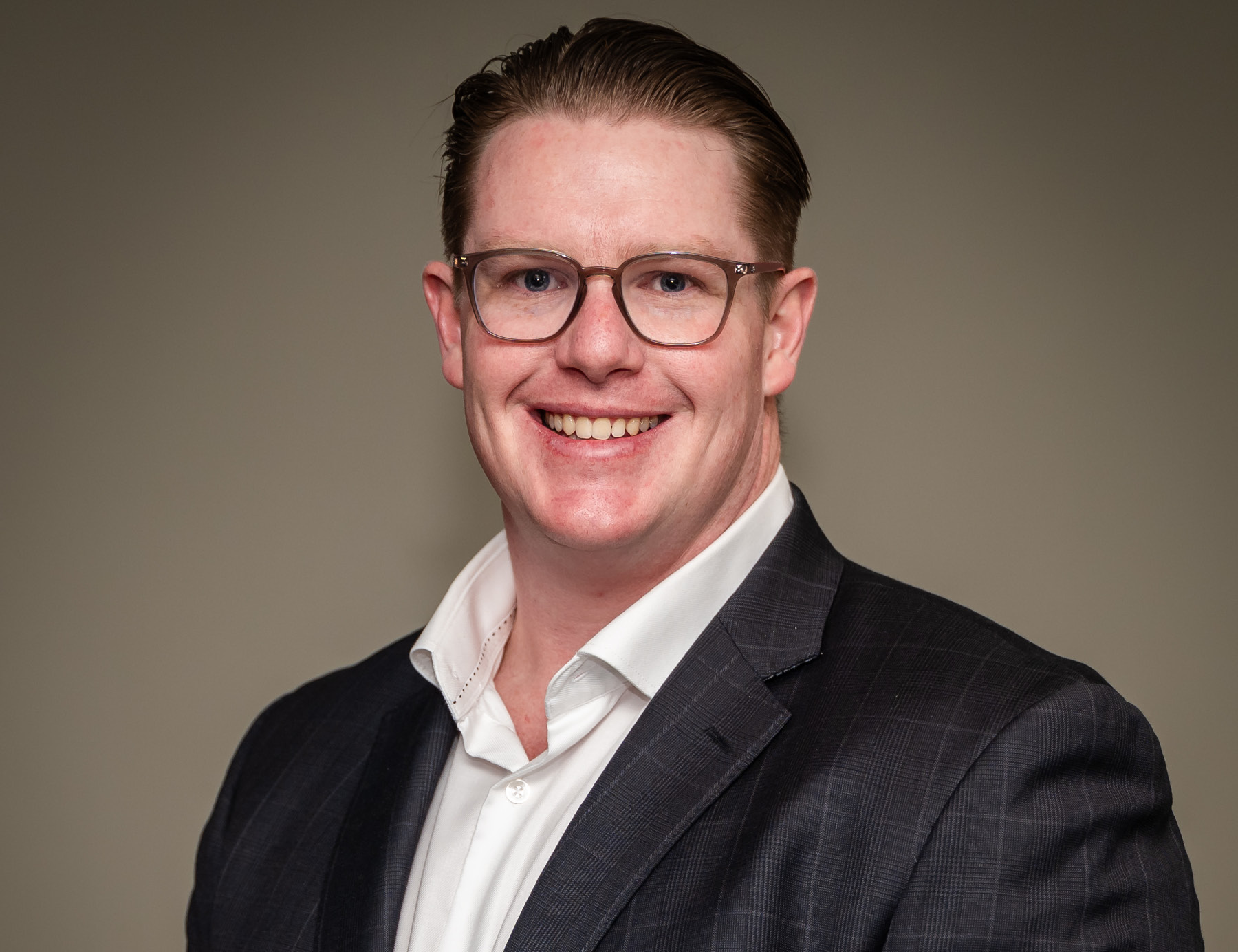
“We need to ensure that as a peak industry body, we’re demonstrating and promoting best practice when it comes to sustainable use of pools and spas.”
These intense conditions saw one New South Wales water board impose strict level six restrictions on pools and spas.
“What that means is, with the literal flick of a pen they can turn the taps off to our industry,” Daly says. “So if you had a pool or a spa, you couldn’t top it up. Or if you wanted to construct a new pool or a spa, you couldn’t fill it up with water.
“That brings our whole industry to a standstill. You can’t maintain pools or spas if you can’t filter them. That’s a key part to it. You can’t swim in a pool or a spa without water, which is kind of obvious, but the impact is there.”
With between 25,000–30,000 pools built around Australia each year, regulators are keeping a keen eye on new projects to ensure they meet specific criteria around consumption.
This has prompted SPASA to continue to develop and promote its Climate Care Certified scheme by working closely with Sydney Water, which will help to ease the difficulties associated with regulations.
“Pool covers can reduce water loss by a significant amount, and energy efficient pumps can downregulate the energy consumption to run a pool or a spa by up to 85 percent,” Daly continues. “That’s what the Climate Care Certified brand is there to do.”
Ultimately, it all comes back to that idea of community that pools and spas are so embedded in.
While it takes its obligations to the wider community and to protect the interests of its own network of members very seriously, SPASA also has to consider how to build that sense of community into its own internal operations, particularly in this age of remote working.
Daly highlights a number of ways SPASA has gone about instilling this sense of connection in the workplace. “Whether it’s face-to-face interviews or on-site meetings to work through designs for a pool or a spa, or just being together, community in the workplace is very important,” he says.
With the team split between Australia and New Zealand, SPASA gets everyone together twice a year to ensure the team aren’t just faces on screens or on the other end of phones, Daly says. “There’s so much context from a human level that’s lost when you just meet virtually.”
This importance of human connection is in SPASA’s DNA, after all. “Our industry is essential to bringing people together,” he says.
“Those happy memories come largely not from swimming around by yourself, although that can be nice. They come from your family or your friends having a good time in the pool or spa. And I think that’s the same for work.”

Building SPASA into the driver it has become over such a short time is an achievement that CEO Lindsay McGrath is incredibly proud of.
“We’ve built something that no one else has been able to do in the last 30 years and it’s also now sustainable,” he tells The CEO Magazine. “It’s now a generational asset and that was the goal. That’s what I set out to accomplish, and I’m very happy with what’s been accomplished so far.”
McGrath’s love of the industry runs deep. He was working for an American corporate firm when it bought a business with a pool industry component and he was immediately hooked. “It’s a small enough industry where one person can make a difference, and it’s a big enough industry that touches one-in-six homes in Australia,” he says.
“It’s just so diverse and it’s a consumer as well as a corporate and small business. So you can literally try almost anything in a business sense and be able to test the marketplaces in quite a safe environment.”
As one of the founding directors of SPASA, he was then selected as its CEO in 2016, leaving behind his corporate career to forge a new path in the not-for-profit sector – a move he has no regrets about.
“If we can play our small part in getting more people out and about in their backyard to have family time together, to have people love their backyard, then that’s a success,” McGrath says.
“Profit for purpose is not a bad way to make a living.”
